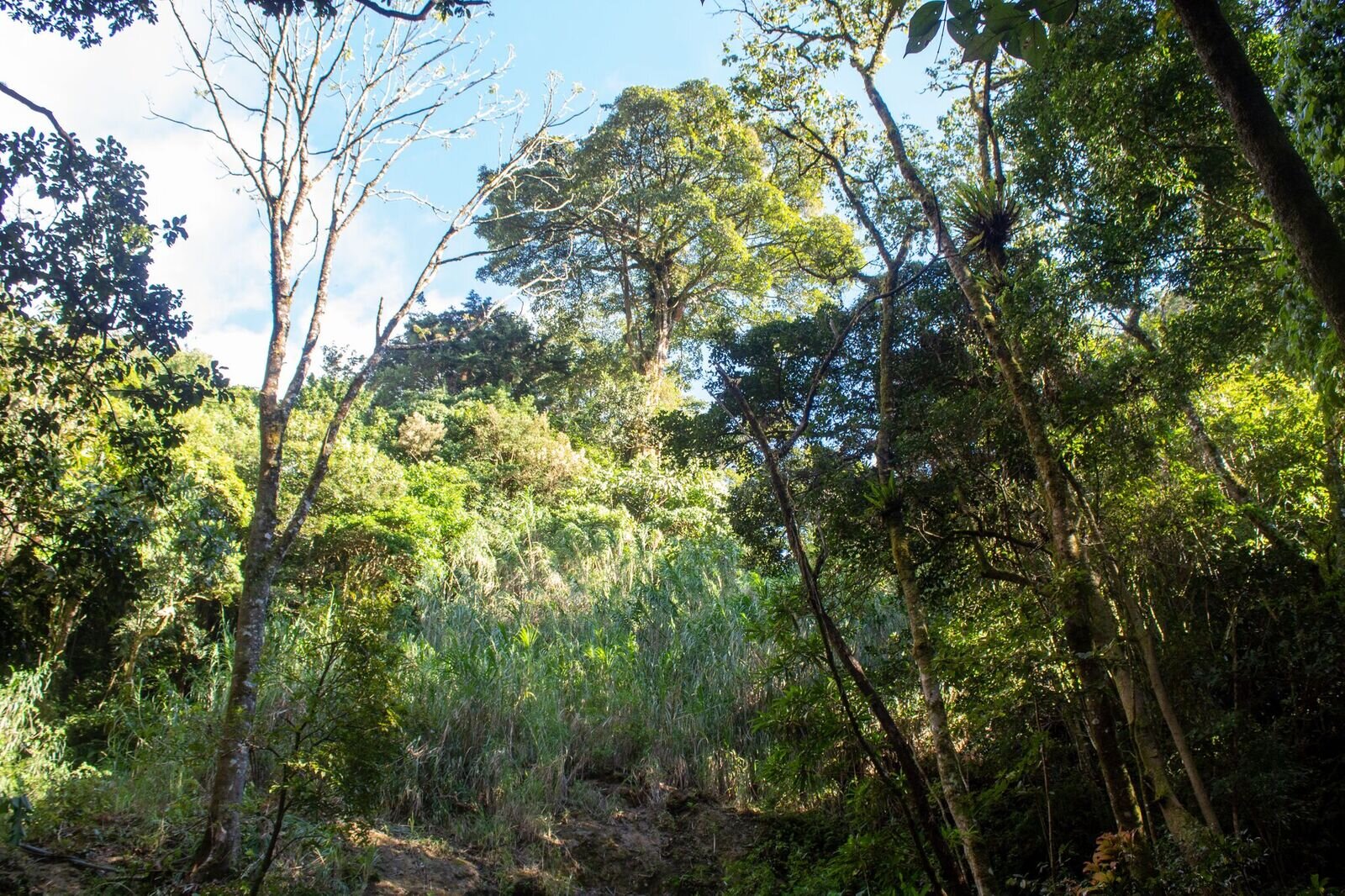Conservation Without Borders
In this, the third and final instalment of her Costa Rica trilogy, Tamsin Harper explains the need for and challenges surrounding transboundary conservation. Who knew that Costa Rica was playing such a major role in Central-American conservation.
Image: Tamsin Harper
There is nothing worse than doing a great job, creating something just to have it ruined by another. Whether your elbow has been nudged while painting, a dog has stepped in your wet cement or the waves at the beach have destroyed your sandcastle, we have all been there and the work of conservationists is just as bittersweet.
In this article, we explore why transboundary conservation is a necessity in avoiding a botched conservation job and how Costa Rica is leading the way towards a more cooperative Central -America for wildlife.
The movement of animals has long fascinated and concerned conservationists across the globe. Resembling un-checked children, many of our most beloved species often get up and go when they feel the need. Like worried parents, conservationists track and monitor the safety of these magical and determined creatures.
However, with movement comes danger and peril.
There are lots of reasons for the movement of animals, be it temporary migration to follow seasonal food supplies, like the mysterious fruit devouring bats, or simply to avoid unfavourable conditions. Humans seeking hot island holidays in winter-spring to mind. Not all movements are temporary like migration though. Some animals are more permeant travellers that skip town, either to seek safer shelter after the loss of their homes to human encroachment or to flea unfavourable conditions created by climate change. This will force some to colonise or cross areas that may bring them into contact with humans unaccustomed to their presence, potentially causing human-wildlife conflicts. Polar bears for example, although more commonly associated with icebergs, are spending more time on land. This problem is caused by sea ice melting and it is increasing the probability of humans crossing paths with bears. Now, I am a big fan of these fluffy white giants but when it comes to stumbling across one on your walk home from the corner shop, I can see why this phenomenon is resulting in a greater number of bear-human conflicts. Shootings are not uncommon in Canada and this makes polar bears a poster child for range-shift induced Human-wildlife conflict.
The movements of animals, much to the annoyance and despair of many hard-working conservationists, can lead them out of protected areas and reserves where the poaching and kidnaping of these animals is policed. Species conservation management issues also arise from the movement of animals between different countries. The persecution and hunting of many vulnerable species can be made illegal countrywide, eliminating the concern of them leaving reserves, as seen with UK bats species all protected under schedule 5 of the Wildlife and countryside act. However, migratory and range-shifting species often cross several countries, many of which do not have the same laws.
As you can see, It is much easier albeit a fraction more boring to attempt the conservation of a rock over that of a more mobile subject, like a wolverine for example.
That being said, if we are to ensure the survival of some of our most sensational wildlife, the cooperation of neighbouring countries will be needed to act as one. This is called trans-boundary conservation or conservation without borders.
Trans-boundary conservation is being attempted in small pockets globally. Unfortunately, conservation practice is difficult to agree upon and maintain as most practices are monitored and managed at a national level. Each country has its own ideas on how to monitor and protect a species and with poor communication between the bordering conservation programmes, many fail to work together.
In other words, there are often too many cooks in the conservation kitchen.
One such attempt saw the loss of the Scandinavian wolverine population in the 1900s due to persecution by locals and poor transboundary conservation necessary to protect the boundary-crossing scavenger. Norway and Sweden, although both carrying out similar conservation strategies, failed to communicate with one another effectively, leading to Norway’s excessing culling of the species. When a later study forced effective cooperation and communication between the two, their conservation results were far more effective.
So there is hope for the transboundary method. One particular success story takes us back to Costa Rica.
Image: Tamsin Harper
Costa Rica are not only succeeding to work with one neighbouring country but two. The San Juan River Basin is a transboundary conservation complex joining Costa Rica and Nicaragua. It is made up of a number of reserves on both sides of the border. These sites are flourishing under the joint protection of these two cooperative countries.
Costa Rica’s push towards transboundary conservation also links it to Panama via the Parque Internacional La Amistad a UNESCO World Heritage site and a transboundary Ramsar wetlands complex composed of Costa Rica’s Guanaco-Manzanilla site and Panama’s San San-Pond Sak site.
But they aren’t stopping there. Whilst in Costa Rica in January of this year I learnt of the Three-wattled bellbird biological corridor. This biological corridor is a network of protected areas and farmland managed for wildlife that promotes the safe movement of animals from the Pacific-slope habitat 1800m between the Monteverde Reserve Complex and coastal mangroves on the Gulf of Nicoya (sea level). The corridor started as a way of preserving the Three-wattled bellbird, which has proven successful, but now acts as a corridor for species in need of a travel route to higher altitudes as climate change warms the lowland. The future hope for this corridor is to encourage the creation of similar structures throughout Central American countries, so that they might be joined to form a continent-wide biological corridor.
Whilst Costa Rica’s GDP is much lower than the UK’s they set a Stirling example of how cooperation across borders can save species.

